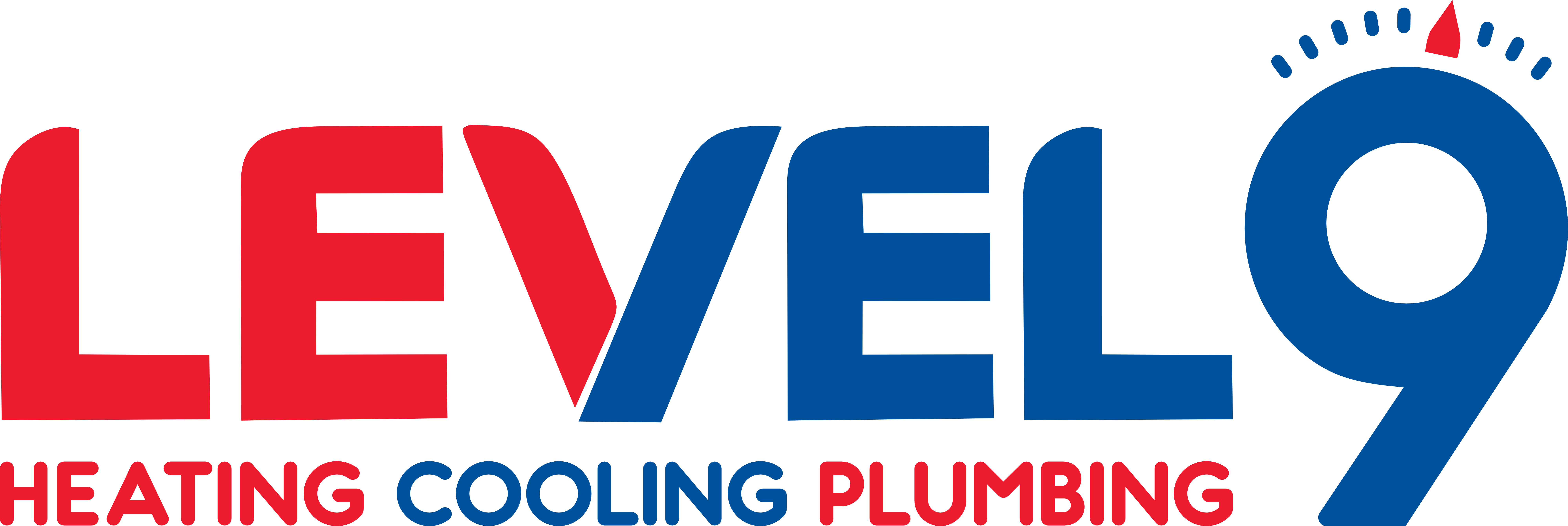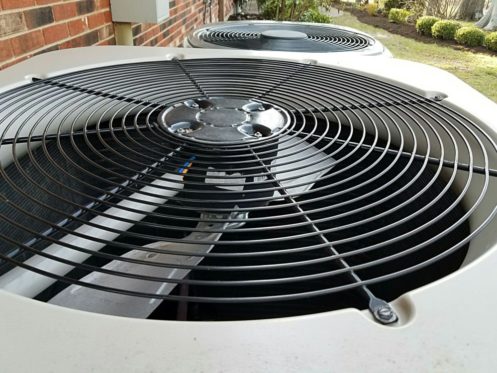The condensate drain line is an important part of any air conditioning system. Air conditioners work by using cold refrigerant liquid to absorb heat from the air inside the building. The process instantly cools the air so that the air coming out of the system is usually around 20 degrees colder than the air going in. As part of this process, the temperature difference between the hot air and cold refrigerant causes condensation to form on the evaporator coil, and the condensate drain line works to channel this water away from the system and out of the building.
If the drain line gets clogged, it can cause water to back up and start leaking out of the drain pan and onto the floor. This can potentially lead to water damage and mold growth or possibly cause your AC to completely shut off until the line is unclogged. Luckily, you can usually unclog the line on your own without needing to hire a professional, and here is everything you need to know to do it.
What Causes Drain Lines to Clog
Drain lines usually become clogged due to a buildup of algae, mold, and slime caused by the high heat and humidity inside the air handler. Over time, dirt and debris can also build up inside the drain line and cause the same issue. This issue is especially common in situations where you don’t have your evaporator coil cleaned every year. Dirt and dust can quickly build up on it.
How to Know If Your Drain Line is Clogged
The easiest way to tell that your drain line is clogged is if you see water dripping out of the air handler, or you have standing water on the floor near the unit. If your air conditioner won’t turn on, you should also open up the access door on the air handler to see if there is standing water in the drain pan. Some AC systems have a float inside the drain pan that will automatically trigger the system to turn off if the water level in the pan rises too high.
If you notice moldy or musty odors around the air handler or coming from your vents, this can also be a sign that the drain line or drain pan is clogged. You should also regularly inspect the area around the air handler for any signs of water damage or mold growth as this will also indicate that the system is clogged or leaking.
How to Identify the Condensate Drain Line and Access Points
If you suspect your drain line is clogged, the first thing you’ll need to do is find the line and see where it runs to. The line should be a small PVC pipe that exits out the side of the air handler and then runs either directly outside the building or into a floor drain somewhere near the air handler.
After finding the line, you’ll also want to determine where the access points are. There should be one tee located near where the line exits the air handler and also an access point near the end of the line. If the line runs into a floor drain, there should be a tee that comes off the pipe where it enters the drain. For lines that run outside, the access point is usually a PVC cap located somewhere near the condenser unit outside the building.
Methods for Unclogging Your Drain Line
Now that you’ve figured out where the access points are, the first step is to see whether the drain pan itself is clogged. If there is any standing water in the pan, you’ll need to use towels or a wet/dry vac to get rid of it first. Next, take a stiff-bristled brush and push it down into the hole in the bottom of the pan to see if you can remove any clogs, and then do the same at each of the other access points. If you have a plumber’s snake, you should also use this at the access point at the end of the line to see if you can pull out any clogs further into the line. If the line runs into a floor drain, you should also use a pipe snake or a plunger to make sure that the floor drain itself isn’t clogged.
The next step is to take your wet/dry vac and secure it to the end access point with tape to create an airtight seal. Then turn on the vacuum and see if you can suck out any debris or clogs. After doing this, you will now need to run a garden hose to the air handler. Stick the hose down as far as you can into the tee near the air handler making sure that it is running down toward the end of the line and not back up to the air handler.
If the line runs into a floor drain, you should know within a few seconds of turning the hose on whether or not it is still clogged. However, if the line runs outside, you’ll need to have another person stand at the end of the line to see whether the water flows out of it. Be careful to only run a small amount of water into the line at first to make sure it doesn’t back up if the line is still clogged.
If the drain line is still clogged, the next step is to use either two cups of vinegar or an equal mix of one cup of water and one cup of bleach to see if you can break down whatever is clogging it. Using a funnel if necessary, pour the vinegar or the diluted bleach mixture into the same tee where you put the hose. Be careful to make sure that the liquid goes down the pipe and not back toward the air handler.
After letting the vinegar or bleach sit inside the line for at least 30 minutes, use your vacuum on the end access point and then try to flush the line with water one final time. If none of this works to clear the clog, you’ll need to hire a professional AC technician to take care of the issue for you.
Professional AC Repair and Maintenance
If you’re experiencing any issues with your AC, including a clogged drain line, Level 9 Heating, Cooling, and Plumbing can help you quickly resolve the issue and get your air conditioner working properly. We offer maintenance and repair services for all types of cooling and heating systems and we work on equipment from any manufacturer. Our HVAC technicians handle both residential and commercial accounts, and we offer 24/7 services should any emergency repair needs that might arise. If you’re looking to replace or upgrade your furnace or AC, we carry a wide selection of Carrier equipment and can help you choose which unit is best for your building. We have been providing exceptional HVAC services to customers in the Washington and St. Louis vicinity since 1975, and we would love to show you what makes us the area’s top heating and cooling company. To learn more, give us a call today.



